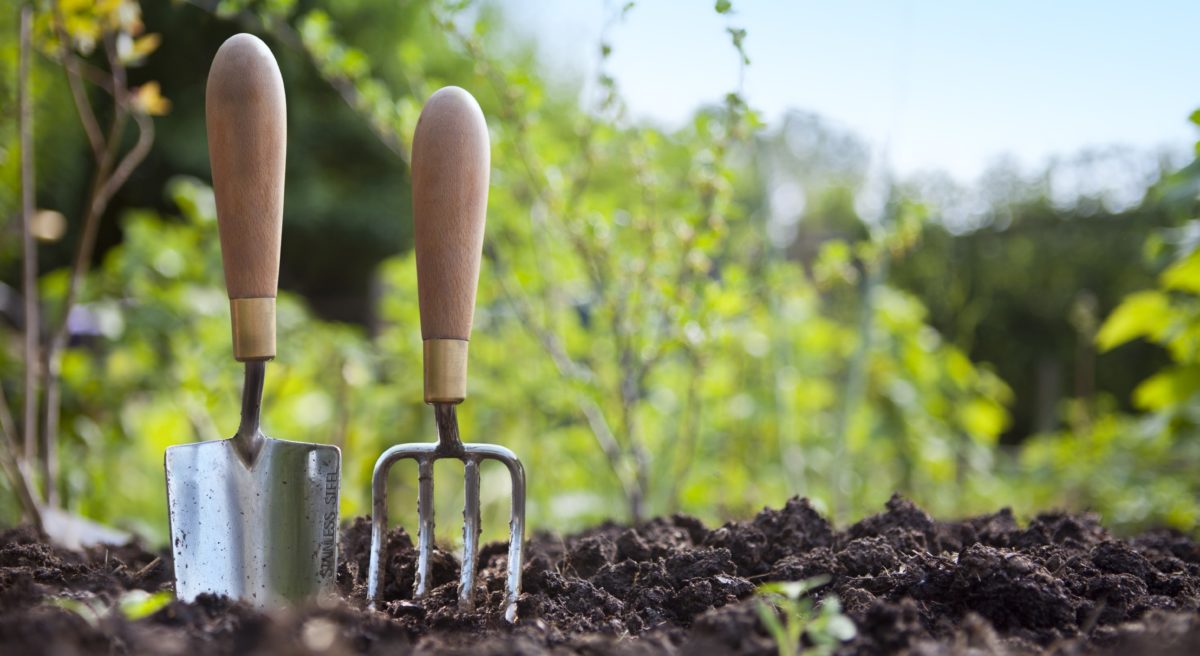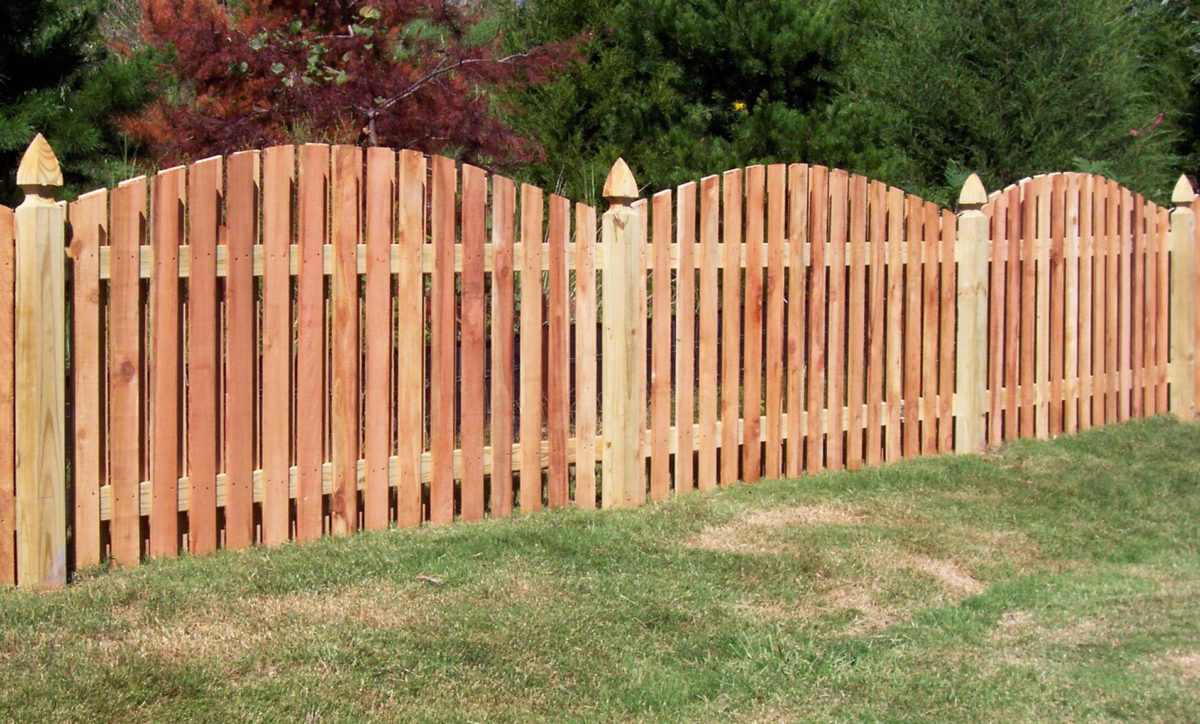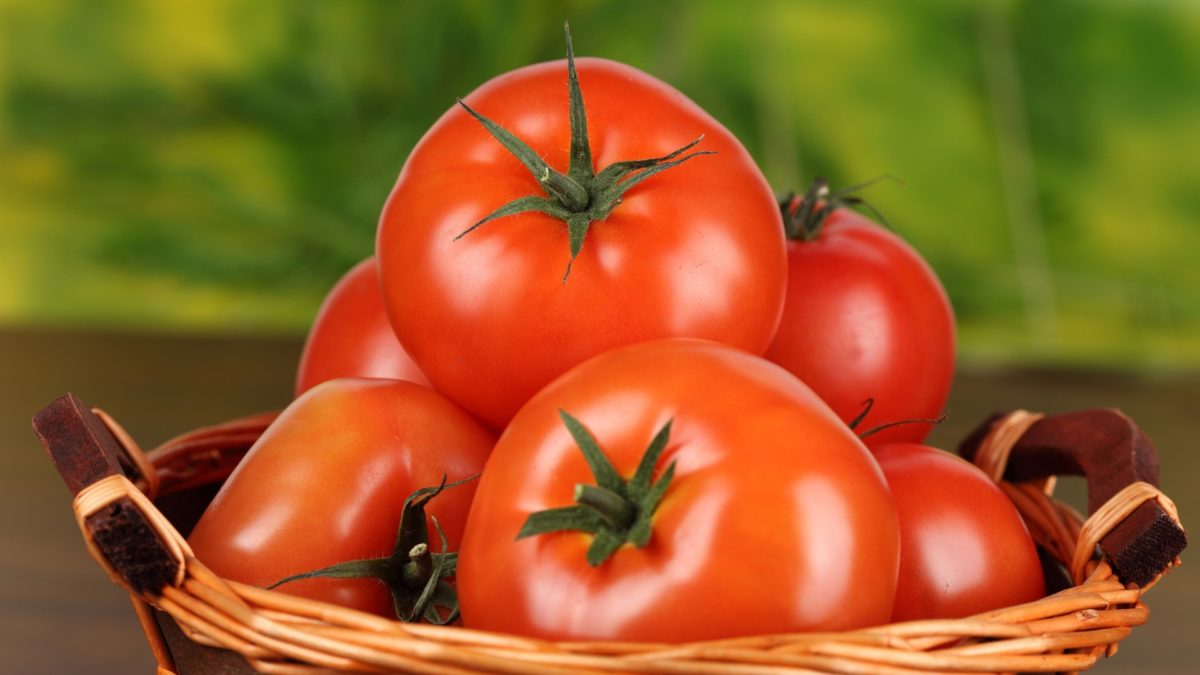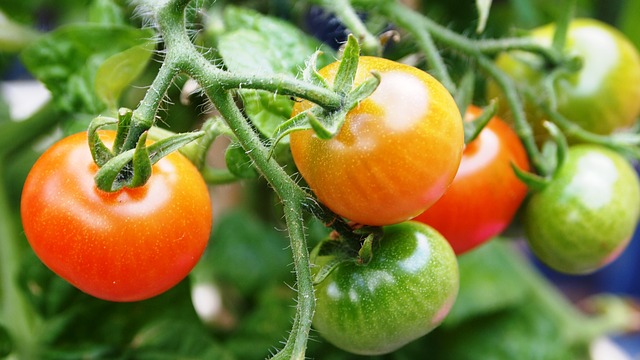One may not want to seek the services of a contractor and want to install their garden fence panels themselves. You don’t have to go for training because I’ll provide you with important steps to make the process a possibility. Having clearly followed the instructions, you get to enjoy privacy that you require. Garden fence panels are easy to put up because they are prefabricated and you’ll need two people to undertake the process. If you the fence is over concrete then you may need driveway company such as driveways Derby or driveways Nottingham todo the foundational work before starting.
- Gravel and Concrete -It will help in ensuring that the garden fence panels are fixed in their places.
- Fence posts.
- Nails, Shovels and 2-by-4 boards.
- Fence post Caps.
- Hammers, handsaws, levels, multiuse screws and variable-speed drills.
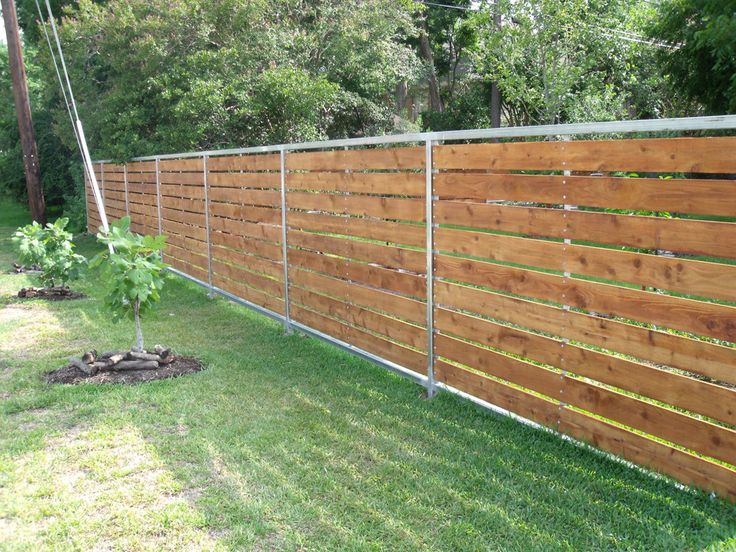
Steps to install your garden fence panels
1. I believe that you’ve taken your measurement very well thus you first need to dig up fence post holes. There’ll be a huge support for your garden fence panels, don’t put the post inside the holes first just leave them beside the holes.
Finish up digging up the holes you require then proceed to the next step…
2. Take the first post and set it in the hole carefully because you don’t want the soil to return to the hole. After standing your fence post, ask one of your colleagues to hold it firmly and straight. It’s important because I know you don’t want your garden fence panels to appear slanting.
3. Fill the space around the post with gravel and ensure that it’s well put. Do this for all posts and at the end of it, you should see the posts standing straight and giving you that blueprint how beautiful your garden fence panels will look like.
4. At this step, ask your colleague to take the prefabricated panel and panel it up against the fence post in place. While he or she is doing this, your task is to fasten it to the post with angle brackets at 24-inch intervals.
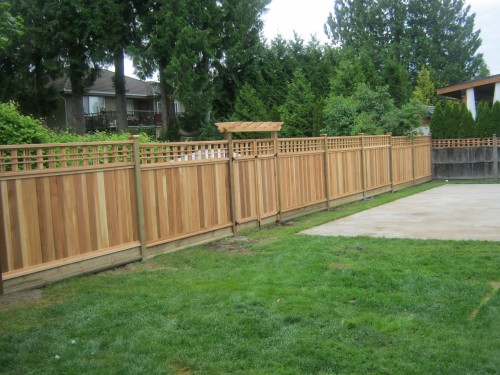
5. Do the step above very carefully or else you’ll view irregularity in your garden fence panels. After undertaking the process, nail a temporary strut to the fence post so that the panel can be upright.
6. Do this to all posts that you had put in holes and filled up with gravel.
7. Take your capping strips and fasten them on the tops of your garden fence panels. After finishing, take your handsaw and cut off each and every fence post 2 inches above the fence level.
8. Take your post caps and nail them to the cut places on your fence posts. At this step you’ll start getting the good picture of your garden fence panels.
9. After finishing the step above, you can now fill concrete on the set posts nicely. Full support will be given to your garden fence panels if the posts are intact. Now you are privileged to remove the struts you had put earlier and now you have your garden fence panels to serve you with purpose that you had required.

